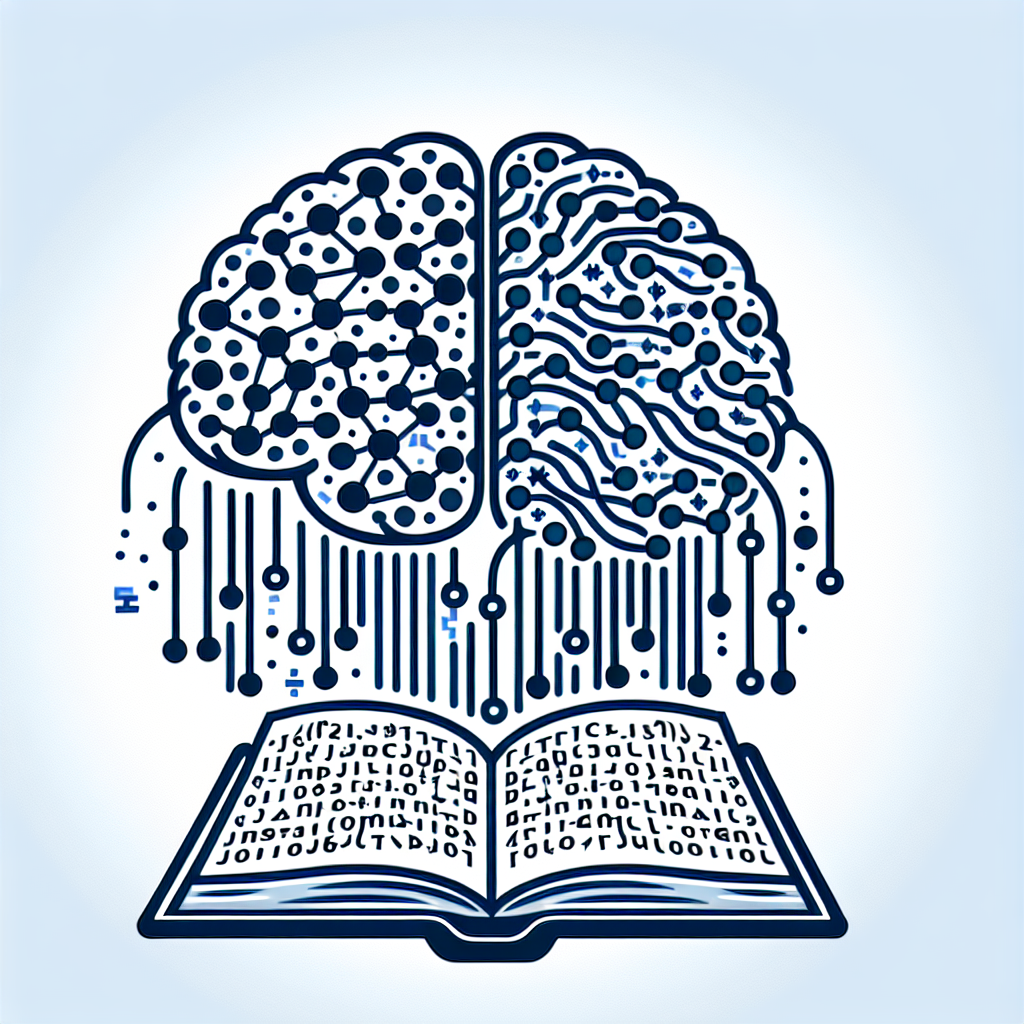Natural Language Processing (NLP) is a branch of artificial intelligence that focuses on the interaction between computers and humans using natural language. One of the key applications of NLP is text generation, which involves creating coherent and meaningful sentences or paragraphs based on a given input. Text generation has a wide range of practical applications, from chatbots and virtual assistants to content creation and machine translation.
NLP for text generation involves a combination of linguistic rules, statistical models, and machine learning algorithms to generate text that is contextually relevant and grammatically correct. In recent years, deep learning techniques such as recurrent neural networks (RNNs) and transformers have significantly advanced the field of text generation, enabling computers to generate human-like text with impressive accuracy and fluency.
There are several approaches to NLP for text generation, each with its own strengths and weaknesses. One popular approach is the use of language models, which are statistical models that learn the probabilities of word sequences in a given text corpus. Language models can be used for various tasks such as auto-completion, sentiment analysis, and text summarization.
Another approach to text generation is the use of generative adversarial networks (GANs), which consist of two neural networks: a generator and a discriminator. The generator generates text samples, while the discriminator evaluates the quality of the generated text. Through a process of competition and collaboration, GANs can produce high-quality text that is indistinguishable from human-written text.
Transformer models, such as OpenAI’s GPT-3, have also revolutionized text generation by leveraging self-attention mechanisms to capture long-range dependencies in text sequences. Transformer models can generate text that is coherent, contextually accurate, and highly fluent, making them ideal for applications such as language translation, content generation, and dialogue systems.
Despite the advancements in NLP for text generation, there are several challenges that researchers and practitioners face. One major challenge is the issue of bias in text generation, where models may inadvertently perpetuate stereotypes or produce offensive content. Addressing bias in text generation requires careful attention to data preprocessing, model training, and evaluation to ensure fair and inclusive outcomes.
Another challenge in text generation is the issue of coherence and consistency, where models may struggle to maintain a consistent tone or style throughout a text sequence. Improving coherence and consistency in text generation requires fine-tuning models on specific tasks, incorporating context-awareness into the model architecture, and leveraging techniques such as beam search and nucleus sampling to generate more diverse and coherent text.
In addition to challenges, there are also ethical considerations that arise in NLP for text generation. For example, the use of text generation for malicious purposes, such as spreading fake news or generating harmful content, raises concerns about the ethical implications of AI-powered text generation. It is essential for researchers, developers, and policymakers to establish guidelines and regulations to ensure the responsible use of NLP for text generation.
FAQs:
Q: What are the applications of NLP for text generation?
A: NLP for text generation has a wide range of applications, including chatbots, virtual assistants, content creation, machine translation, sentiment analysis, and text summarization.
Q: How do language models work in text generation?
A: Language models are statistical models that learn the probabilities of word sequences in a given text corpus. They can be used for tasks such as auto-completion, sentiment analysis, and text summarization.
Q: What are the challenges in text generation?
A: Challenges in text generation include bias, coherence, consistency, and ethical considerations. Addressing these challenges requires careful attention to data preprocessing, model training, and evaluation.
Q: How can I improve the quality of text generation?
A: To improve the quality of text generation, consider fine-tuning models on specific tasks, incorporating context-awareness into the model architecture, and leveraging techniques such as beam search and nucleus sampling.
Q: What are the ethical considerations in NLP for text generation?
A: Ethical considerations in NLP for text generation include issues of bias, fairness, and responsible use of AI-powered text generation. It is essential for researchers, developers, and policymakers to establish guidelines and regulations to ensure ethical and responsible use of NLP for text generation.
In conclusion, NLP for text generation is a rapidly evolving field that holds great promise for a wide range of applications. By leveraging advanced techniques such as language models, GANs, and transformers, researchers and practitioners can create text generation systems that are accurate, fluent, and contextually relevant. However, addressing challenges such as bias, coherence, consistency, and ethical considerations is essential to ensure the responsible and ethical use of NLP for text generation.

